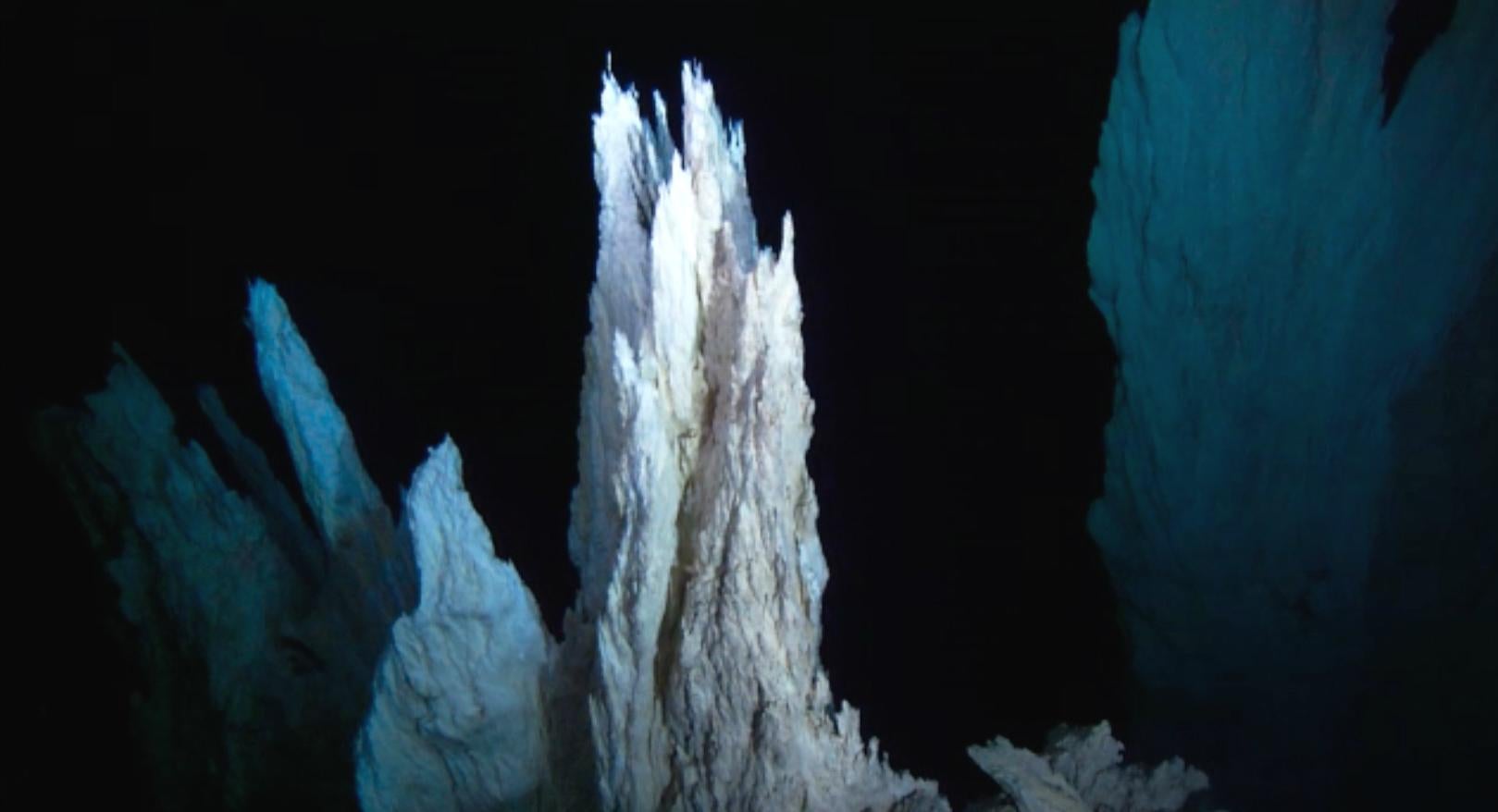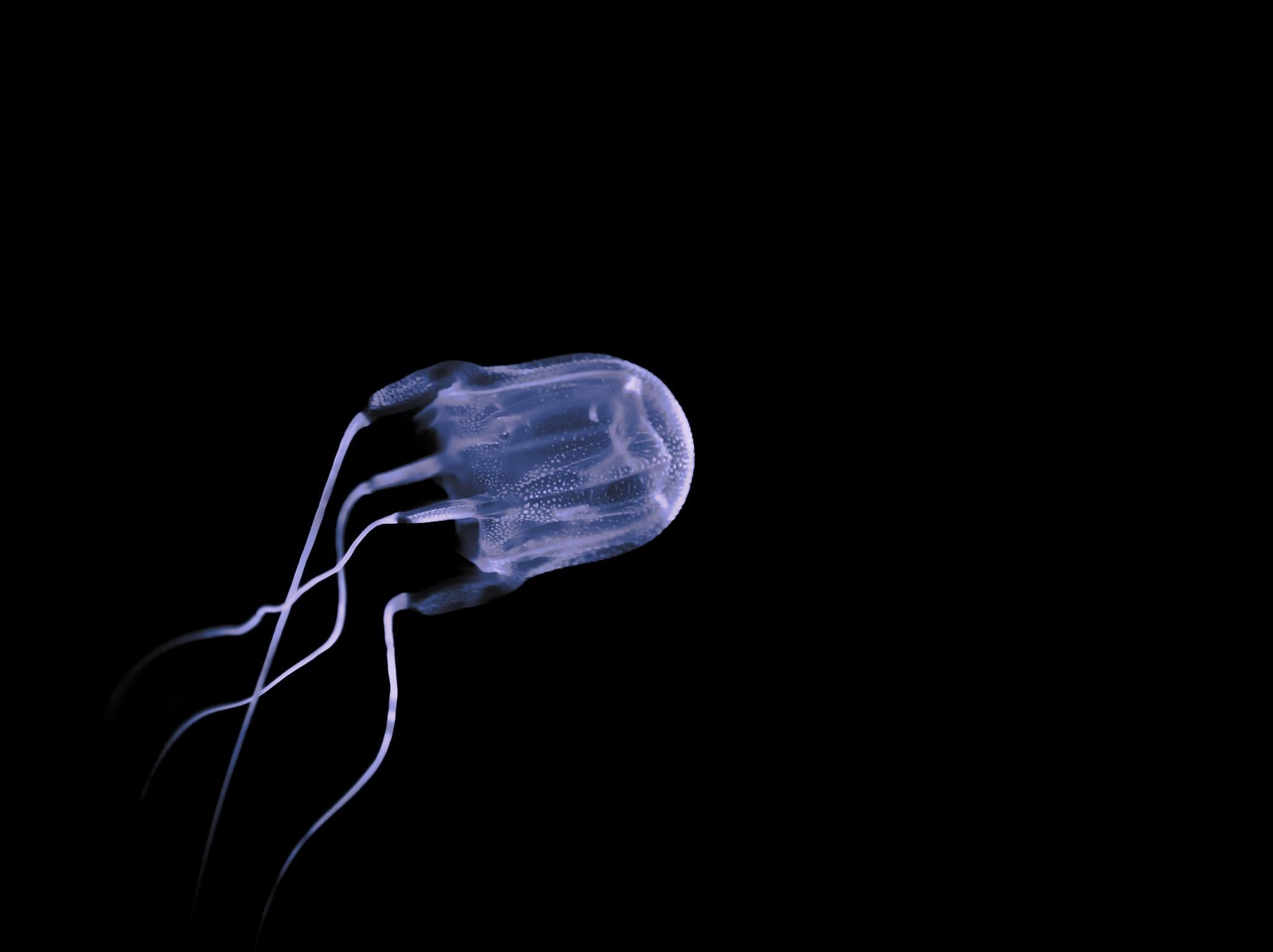How deep is the ocean? The most recent average depth, according to scientists
Much of the ocean remains unexplored, but what do scientists know about the deep?

Your support helps us to tell the story
From reproductive rights to climate change to Big Tech, The Independent is on the ground when the story is developing. Whether it's investigating the financials of Elon Musk's pro-Trump PAC or producing our latest documentary, 'The A Word', which shines a light on the American women fighting for reproductive rights, we know how important it is to parse out the facts from the messaging.
At such a critical moment in US history, we need reporters on the ground. Your donation allows us to keep sending journalists to speak to both sides of the story.
The Independent is trusted by Americans across the entire political spectrum. And unlike many other quality news outlets, we choose not to lock Americans out of our reporting and analysis with paywalls. We believe quality journalism should be available to everyone, paid for by those who can afford it.
Your support makes all the difference.As Blue Planet II gave us unprecedented insight into the murky depths of the ocean, where only very simple lifeforms can survive, many people are wondering how deep the ocean actually is.
In the second episode, The Deep, David Attenborough’s epic documentary took us to the Mariana Trench - which is deeper than Mount Everest is tall.
This trench in the West Pacific is home to the Challenger Deep, which at depths of 11km (36,200 feet), or almost seven miles, is thought to be the deepest part of the ocean.
The is located near the US territorial island of Guam, and is named after the HMS Challenger, which first discovered its depths in 1875.
But on average the ocean is a lot shallower. The most recent estimate of the average ocean depth, calculated in 2010, is 3.6km (12,080 feet), according to the National Oceanic and Atmospheric Administration (NOAA).
However, only 10 per cent of the seafloor has been mapped by scientists, so this estimate remains speculative.
Measuring the depths of our oceans has often proved difficult for scientists and explorers alike. The Challenger expedition sounded out the trench by dropping TNT and using the echo to measure the distance.
As you travel from the surface down to the seafloor, water pressure increases, light and sources of food become scarcer and scarcer.
Despite the huge pressure, acidic conditions and lack of light, against all the odds, organisms do survive down there in the briny deep.

Even at much shallower depths of 1,000 metres (3300 ft), humans and most other organisms with gas-filled spaces, like lungs, would be crushed by the pressure.
To escape this fate, most life in the deep is largely made of water, from fish with transparent heads to eels writhing about in pools of brine.
Parts of the seafloor where light doesn’t reach can be so barren and hostile that lifeforms have no choice but to produce their own food through a process called chemosynthesis, which uses energy released by inorganic chemical reactions.
Despite recent discoveries, much of our oceans are still unexplored and particular mystery remains about its depths.
As Attenborough says in Blue Planet II: “We know more about the surface of Mars than about the deepest parts of our seas.”
This article has been updated. It was originally published in December 2017.
Join our commenting forum
Join thought-provoking conversations, follow other Independent readers and see their replies
Comments